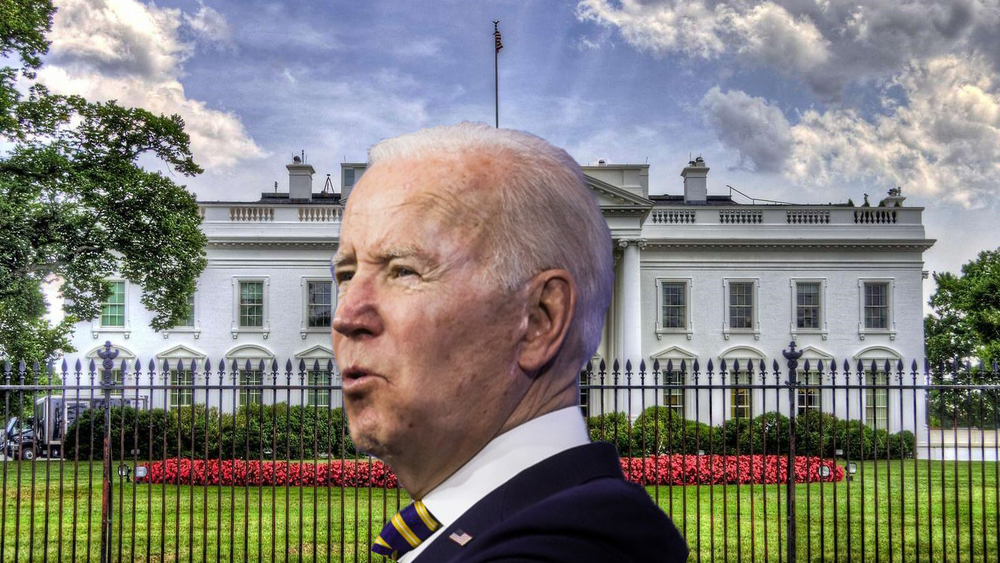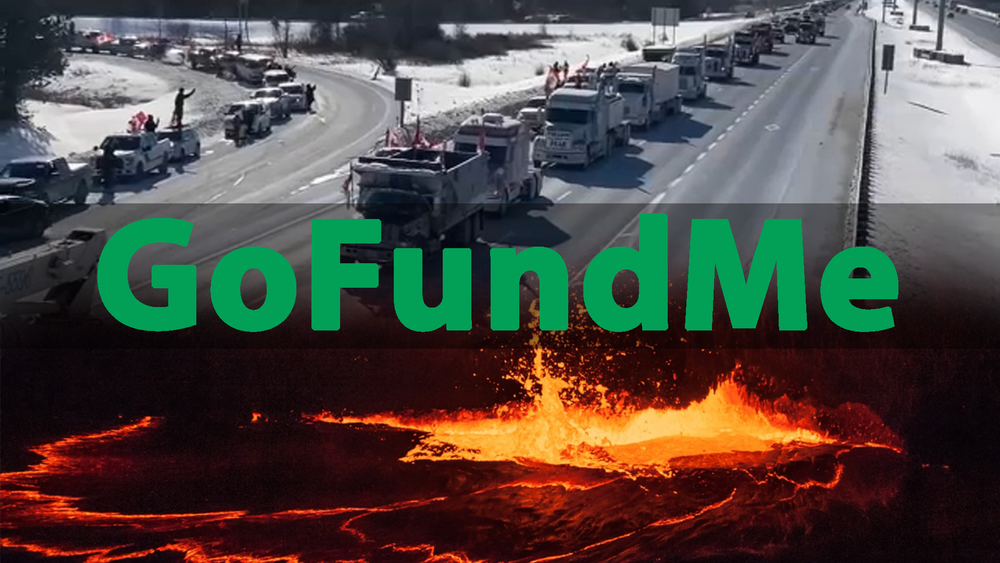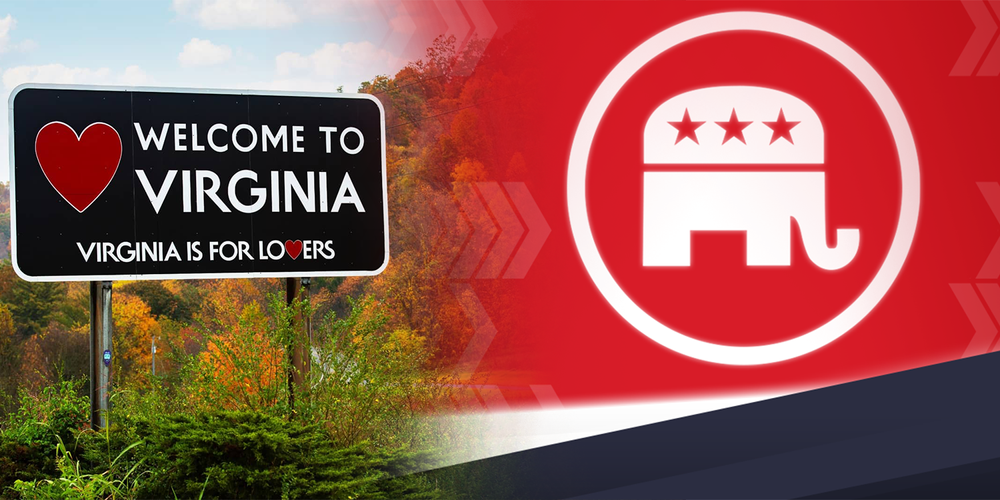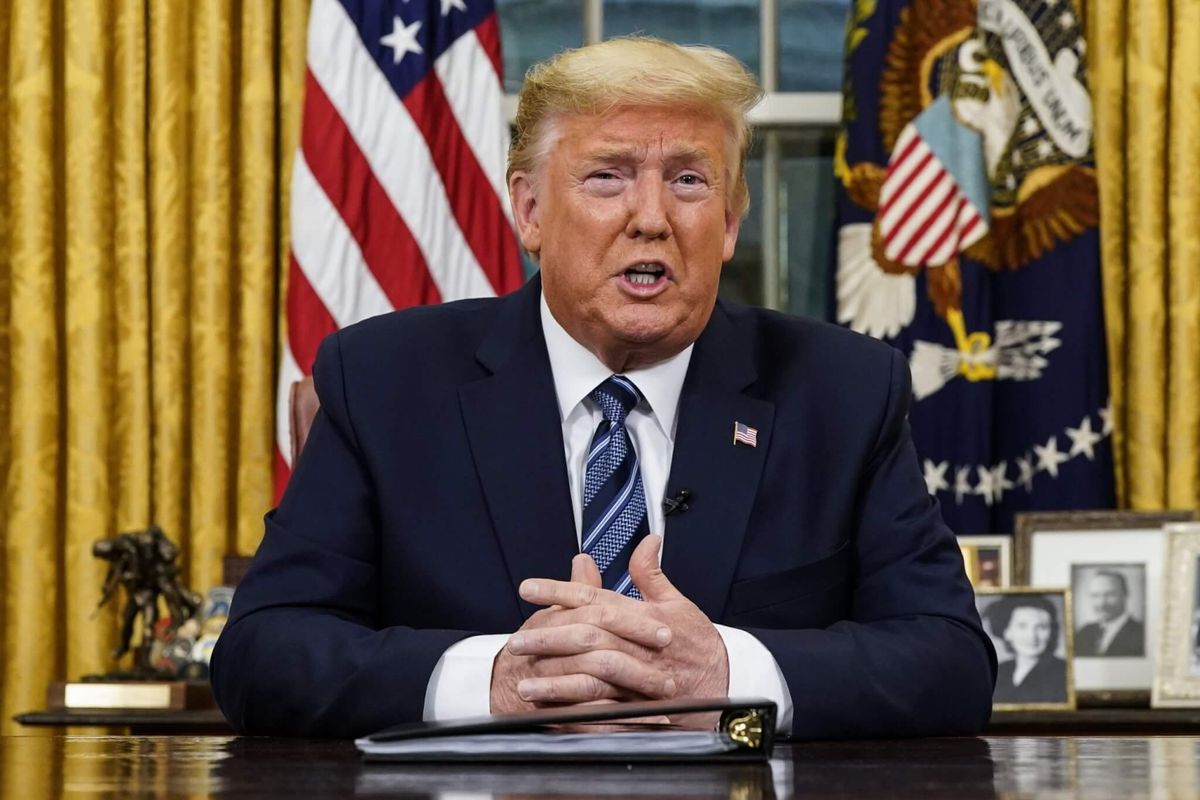
COVID National Emergency Explainer
With the World Health Organization classifying the global coronavirus outbreak a pandemic, U.S. President Donald Trump announced late Wednesday a series of emergency measures, including an unprecedented 30-day suspension of all flights from Europe.
But Trump, who spoke from the Oval Office, stopped short of resorting to an even more dramatic measure urged by some members of Congress: a national emergency proclamation under the 1976 National Emergencies Act.
The administration already has declared the coronavirus outbreak a public health emergency, giving local health officials greater flexibility to respond to the crisis. A national emergency declaration would put a vast reservoir of additional powers at the president's disposal by triggering sweeping authorities contained in more than 100 statutes, according to Elizabeth Goitein, director of the Brennan Center for Justice’s Liberty & National Security Program.
“When a president declares an emergency declaration, he at that moment has access to all of the laws that say in a national emergency the president can do X, whether or not those powers relate to the emergency at hand,” Goitein said.
Some of the additional authorities allow for a “reasonable and very measured” response to an emergency, according to Goitein. For example, hospitals could receive regulatory waivers in order to set up off-site facilities.
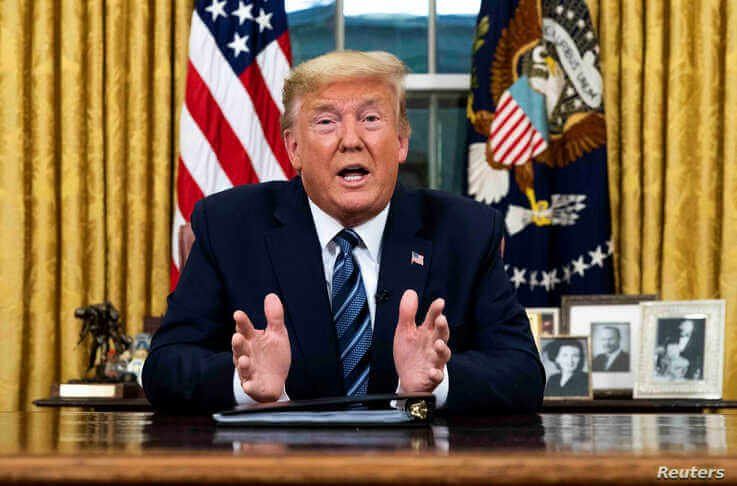
At the same time, a national emergency declaration also empowers a president to take draconian measures in the name of national security. For example, a president could invoke a 1941 law to shut down the internet and even freeze people’s bank accounts.
Last year, Trump was criticized for declaring a national emergency in order to divert military funds to finance construction of a wall along the U.S.-Mexico border.
A national emergency declaration can only be overturned by an act of Congress. More than 30 national emergency declarations made over the past four decades remain in effect.
Although presidents often have a legitimate need to exercise emergency powers, they’ve also faced criticism for using emergencies to curtail civil liberties and civil authorities.
History of national emergencies
During the American Civil War, President Abraham Lincoln famously suspended the writ of habeas corpus, a guarantee against unlawful detentions. During World War II, President Franklin Roosevelt put more than 100,000 Japanese Americans in internment camps. And after the attacks of Sept. 11, 2001, President George W. Bush expanded the government’s surveillance and other national security powers, some of which were later rolled back by Congress.
“The question will be in this moment, how far does the president go or the Congress go, and what is the fallout in the pushback,” said Kimberly Wehle, a visiting law professor at the American University Washington College of Law. “These are areas where the law isn’t clear.”
In addition to exercising emergency powers, the president has certain nonemergency powers he has used during the coronavirus crisis. For example, Trump invoked the Immigration and Nationality Act 1952 in suspending travel from Europe. Another non-emergency power Trump has exercised: the federal quarantine authority, which was last used in 1963.
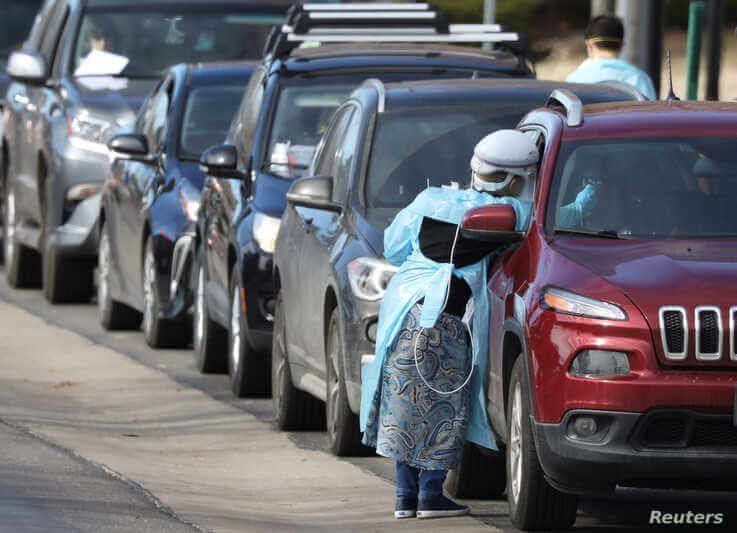
“The president doesn't have to declare an emergency in order to avail himself of that, but we know the president has already done that,” Goitein said.
Locking down communities or otherwise restricting the movements of large groups can conflict with constitutional rights of due process, according legal scholars.
“The due process clause basically says the government can't restrict your liberty, which would be your ability to move around without some kind of process,” Wehle said. “That’s the first constitutional provision that will come to mind if we’re talking about quarantining people in their homes.”
As of Wednesday, 22 states representing 196 million Americans have declared some type of COVID-related emergency, according to James Hodge, director for public health law and policy, at Arizona State University.
New York state on Tuesday created a “containment zone” around the town of New Rochelle, the epicenter of the outbreak in the state. Schools, places of worship and other large public spaces within 1.6 kilometers of the town of nearly 80,000 residents will shut down for next two weeks, Gov. Andrew Cuomo announced.
An emergency declaration allows federal and state authorities to put in place a host of so-called “social distancing measures,” including restricting travel, imposing curfews, dismissing schools, restricting public gatherings and implementing quarantines.
The emergency measures raise constitutional questions. While quarantining individuals or groups suspected of exposure to COVID-19 is constitutional, creating “cordon sanitaire” or lockdown of groups of communities within or outside “hot zones,” is not, according to Hodge.
 What Happens if US Declares a Coronavirus National EmergencyNext PostTrump Suspends Travel from Europe Amid Coronavirus Scare
What Happens if US Declares a Coronavirus National EmergencyNext PostTrump Suspends Travel from Europe Amid Coronavirus Scare

